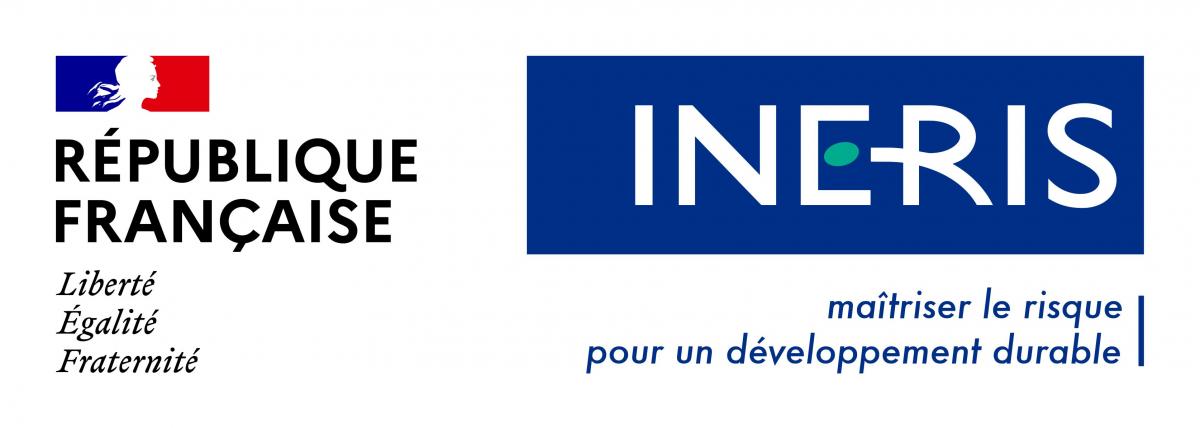Preservation of parabens in water samples
Résumé
Parabens are preservatives widely used in cosmetics, pharmaceutical and food products due to their antibacterial and antifungal activity. Their ubiquity in surface water and their potential adverse effects on human health and environment led to their inclusion into the French monitoring programme of aquatic environment. In order to help the laboratories improving their analytical skills regarding these chemicals, BIPEA organises since November 2016 proficiency testing schemes (PTS) according to ISO 17043 [1] for the quantification of butyl-, ethyl-, methyl- and propylparaben in freshwater. Parabens degradability in water by hydrolysis and photolysis raises the issue of their stability throughout the PT, especially for the samples with long delivery time or laboratories unable to perform their analyses at reception. In order to meet PT samples homogeneity and stability requirements, BIPEA conducted a comparative study on sample preservation by ascorbic acid and nitric acid. It included (i) an experimental PT for which parabens-spiked samples were proposed to the laboratories with each preservation agent separately, and (ii) a dedicated homogeneity and stability study performed by the French National Institute for Industrial Environment and Risks (INERIS). Overall preservation with nitric acid implied less dispersed results and closer to the spiking concentrations, especially for methylparaben, and a greater stability over time.
Origine : Fichiers produits par l'(les) auteur(s)
